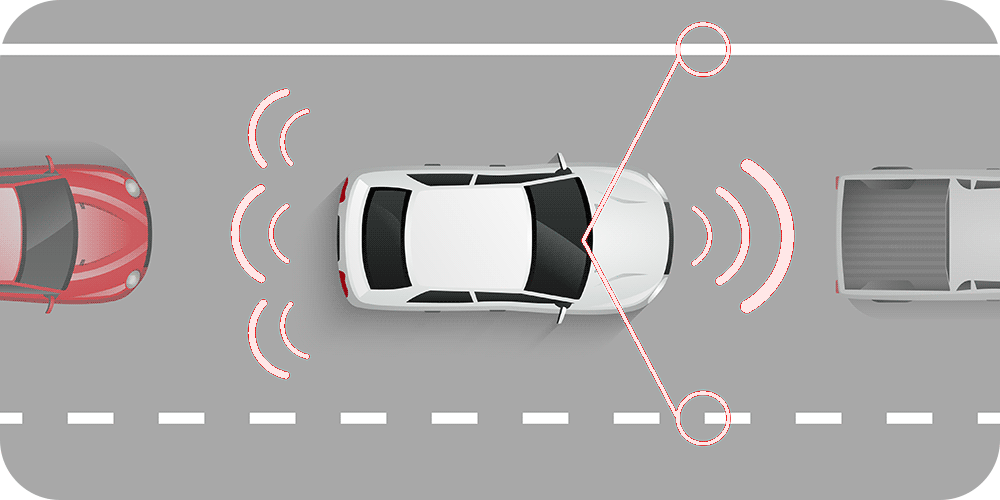Editor’s Note: At Your Brakes our goal is to teach the public everything there is to know about brake systems and their impact on safety. This story on automatic braking (not to be confused with brake assist) is part of that overall effort.
We all know what it’s like in rush hour traffic. You stop and you go. You stop and you go. It’s both mind numbing and frustrating. All it takes is one glance at your phone or your coffee to miss the fact that all the other cars have stopped. And then it’s too late; you’ve just hit the car in front of you — or worse, a pedestrian.

The scenario above will become unusual by Sept. 1, 2022. That’s when automatic braking, or autonomous emergency braking (AEB) systems will be required in 99% of all light-duty cars and trucks with a weight of 8,500 pounds or less. Trucks weighing between 8,501 pounds and 10,000 pounds will have until 2025 to comply.
Unlike self-driving cars which seem to be a long way off for most of us, automatic braking is already on the market in mainstream, affordable vehicles, from the Honda Civic to the Chevy Malibu.
Here is a 2017 Hyundai Elantra braking automatically. Look Ma… No feet!
How Does Automatic Braking Work?
An automatic braking system uses radar, cameras or lasers to monitor what’s going on in front of the vehicle. These sensors help prevent crashes or reduce their severity by automatically slowing down or stopping a vehicle if the driver doesn’t do so quickly enough in a potential crash situation (like glancing at your phone during rush hour).

Does the technology replace careful driving? Of course not, but it is a useful backup plan. Take a look at this video to see how it works:
One of the people at YourBrakes bought a 2016 Subaru Forester with automatic braking last October and the system already prevented two very likely crashes. It applied the brakes very suddenly in an instance when a car cut into the lane. In another case, sensors beeped a warning and the car slowed down when the driver wasn’t paying attention during stop and go traffic.
Automatic brake systems are going to prevent a lot of accidents. According to a study done by the Insurance Institute for Highway Safety, automatic braking systems reduce rear-end crashes by about 40 percent. That means more than 700,000 crashes could be prevented annually.











